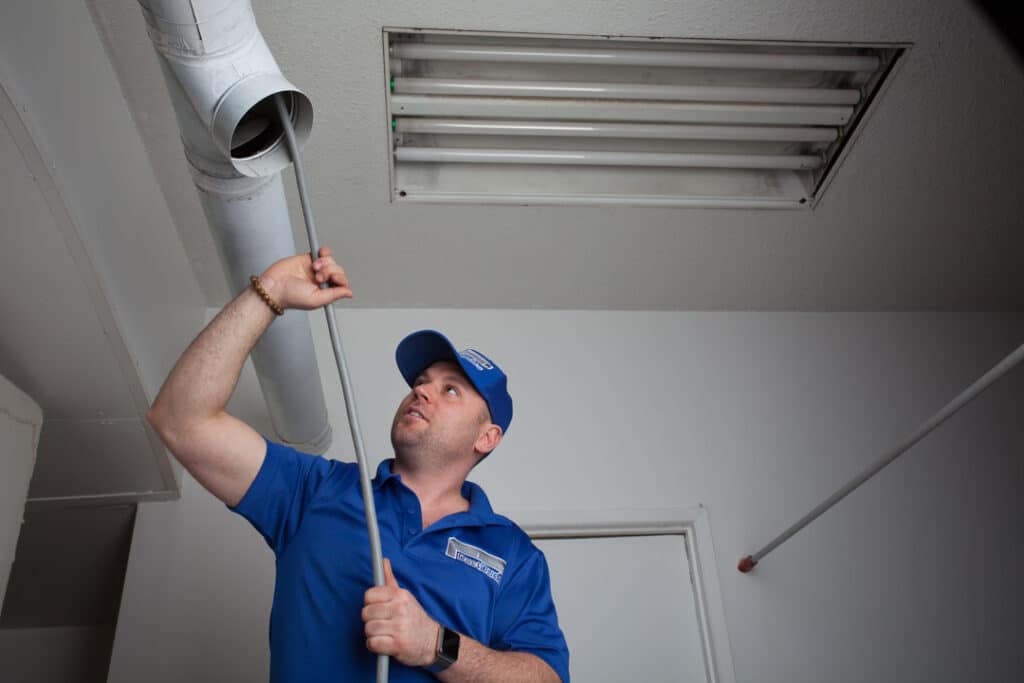If you’re a homeowner or a business owner, you’ve likely come across the term dx system in hvac. Understanding what a DX system is and how it functions is crucial for maintaining an efficient and comfortable environment in your home or business premises. In this comprehensive article, we’ll dive deep into the DX system, explore its workings, benefits, and why it stands as a tremendous and approved technology in the HVAC industry.

Introduction to DX System in HVAC
What Does DX Stand For?
The term DX stands for Direct Expansion. In HVAC terminology, a DX system functions by directly cooling the air supply to the conditioned space by using refrigerant. This is different from other systems, such as chilled water systems, where a secondary fluid is used to cool the air.
Components of a DX System
A DX system typically consists of a condenser, an evaporator, an expansion valve, and a compressor. These components work synergistically to cool the air that is circulated within the space.

How Does a DX System Work?
The Cooling Cycle
In a DX system, the refrigerant absorbs heat from the indoor air through the evaporator coil. This refrigerant then cycles through the system to the outdoor unit where the heat is dispelled. The cooled refrigerant returns to the evaporator to absorb more heat, thus completing the cycle.
Key Mechanisms
At the heart of the DX system are key mechanisms such as the compressor, which pressurizes the refrigerant, and the expansion valve, which regulates the flow of refrigerant into the evaporator.

Types of DX Systems
Air-Cooled DX Systems
Air-cooled systems are the most common type of DX systems. They utilize fans to cool the refrigerant and are generally easier to install and maintain.
Water-Cooled DX Systems
Water-cooled systems use water to dissipate heat. These systems are typically more energy-efficient but require additional installations like cooling towers.
Benefits of Using DX Systems
Energy Efficiency
One of the prime benefits of DX systems is their energy efficiency. These systems are designed to provide rapid cooling, thereby consuming less energy.
Cost-Effectiveness
DX systems tend to be more cost-effective both in terms of initial installation and ongoing maintenance.
DX Systems in Commercial Settings
Optimized for Large Spaces
DX systems are highly efficient for large commercial spaces such as offices, malls, and hospitals where climate control is paramount.
Flexible Design
The design of DX systems allows for significant flexibility in installation, making them suitable for various types of buildings.
DX Systems in Residential Settings
Installation Process
Installing DX systems in residential settings is typically straightforward and can be done without extensive structural modifications.
Maintenance Needs
Regular maintenance such as cleaning filters and checking refrigerant levels is crucial for the optimal performance of DX systems in homes.
Common Issues and Troubleshooting
Refrigerant Leaks
One common issue with DX systems is refrigerant leaks. These can be detected through reduced cooling efficiency and should be promptly repaired.
Compressor Failure
Compressor failure is another issue that can affect the performance of your DX system. Regular maintenance checks can help in early detection and prevention.
Future Trends in DX Systems
Technological Advancements
The HVAC industry is continually evolving with advancements in technology making DX systems more efficient and environmental-friendly.
Sustainability
With growing emphasis on sustainable practices, future DX systems are likely to incorporate green technologies for enhanced energy efficiency.
FAQ Section
What is a DX System in HVAC?
A DX system, or Direct Expansion system, is a type of air conditioning system that directly cools the air using a refrigerant.
Are DX Systems Suitable for Both Commercial and Residential Use?
Yes, DX systems are versatile and can be used in both commercial and residential settings.
What Maintenance Does a DX System Require?
Regular maintenance such as cleaning filters, checking refrigerant levels, and routine inspections are essential for optimal performance.